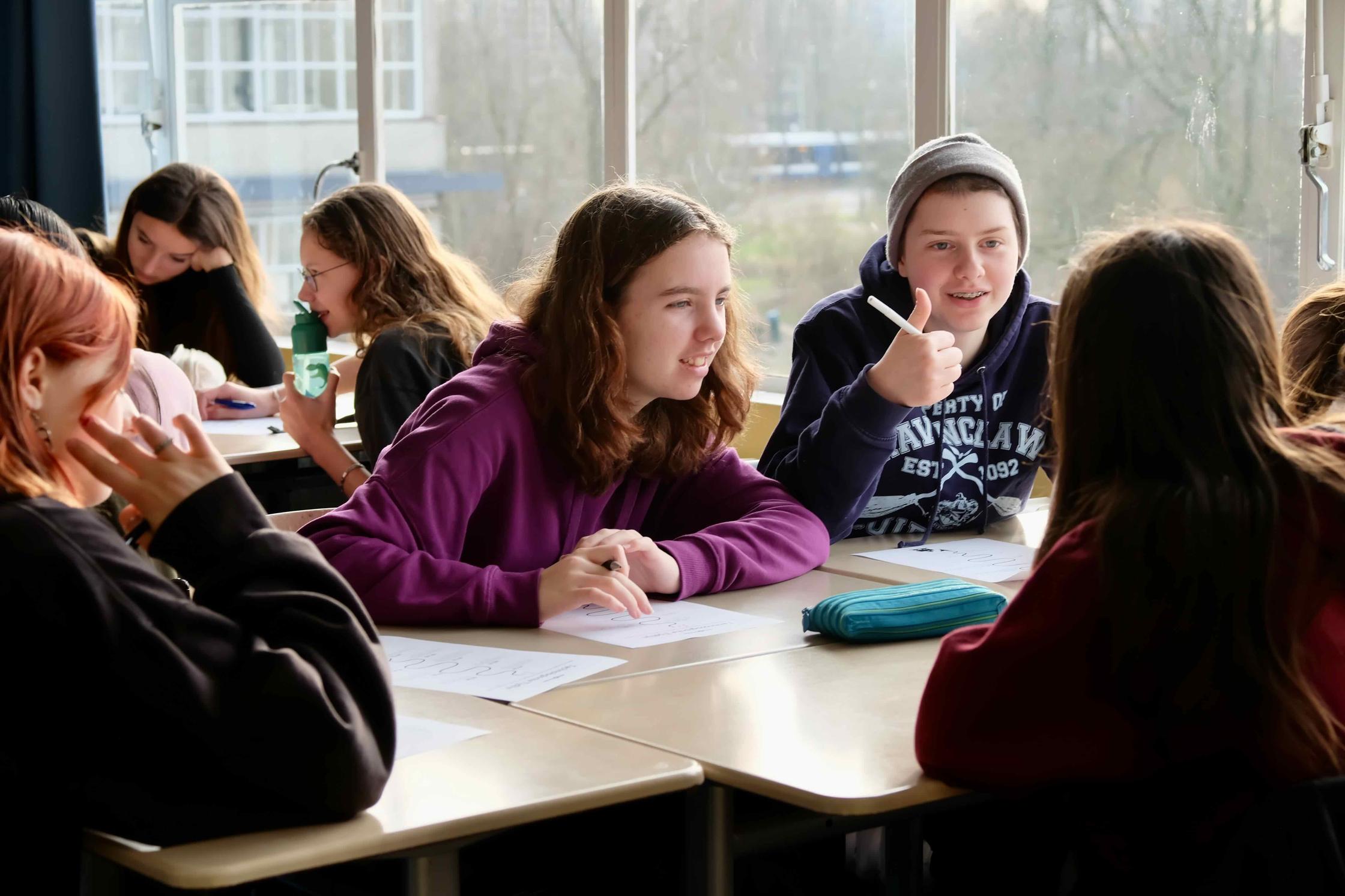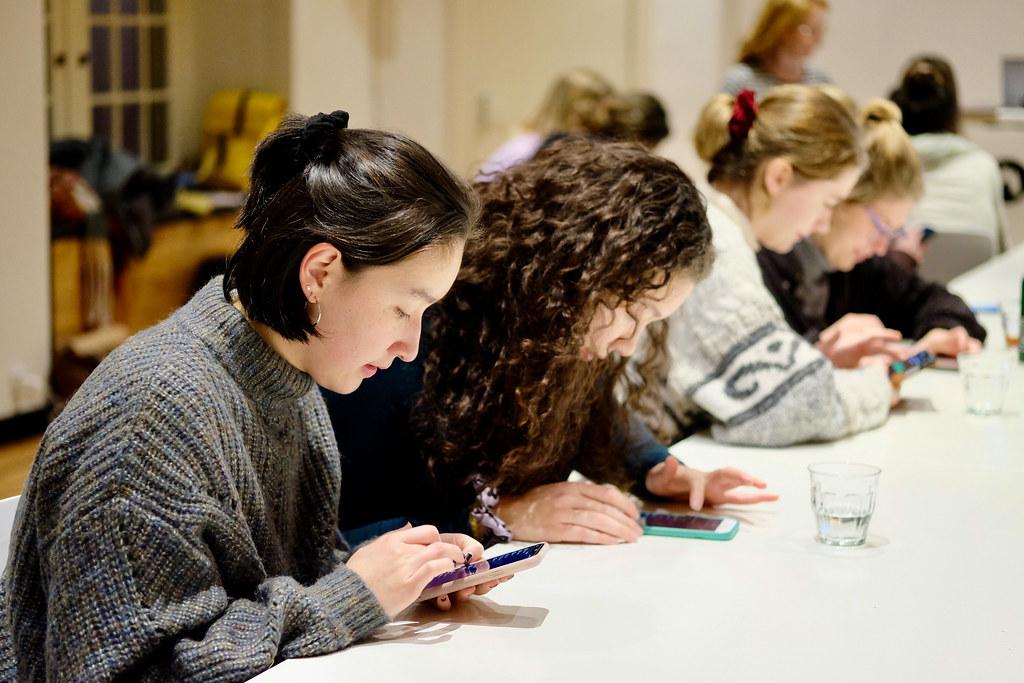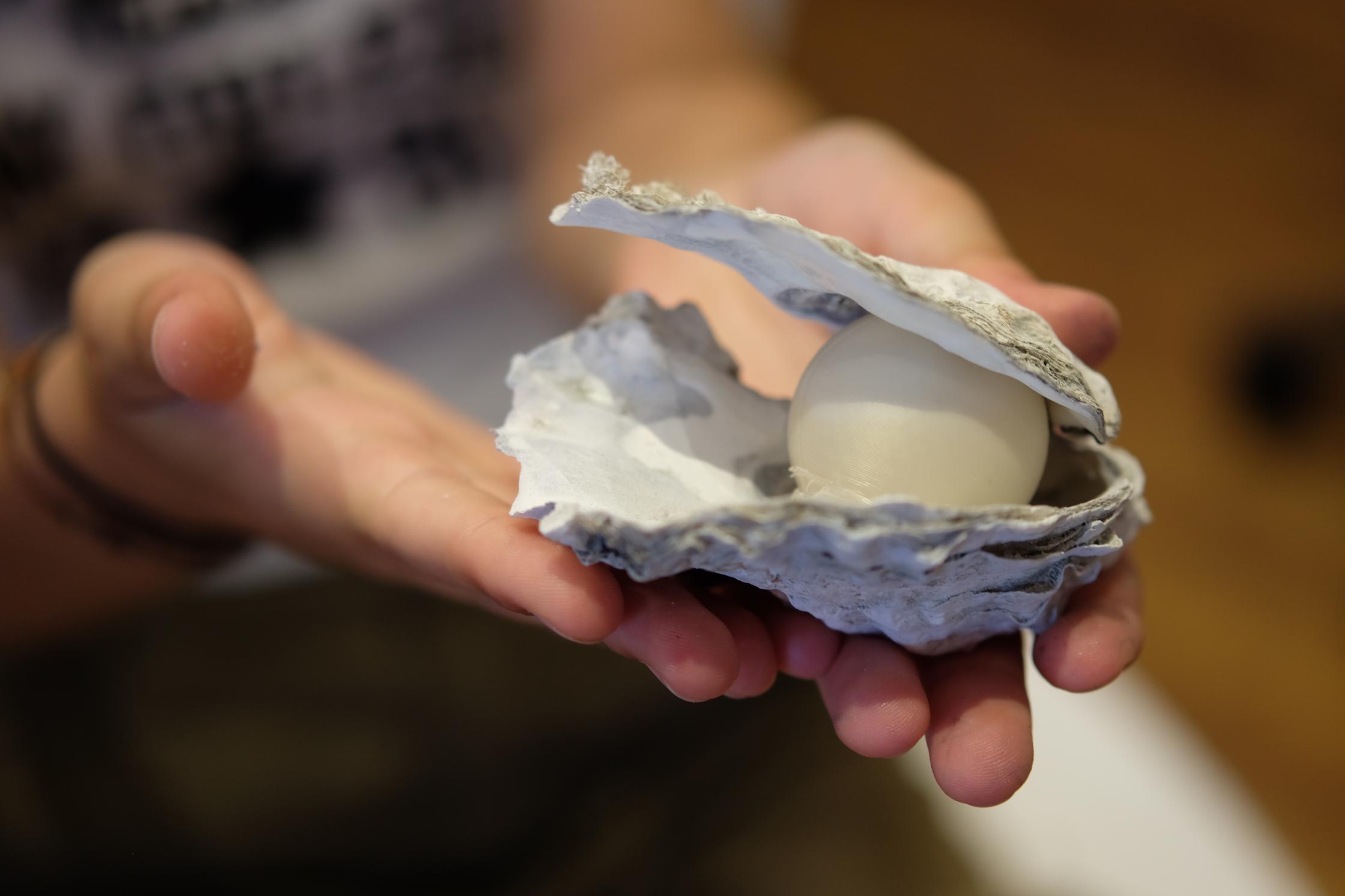What exactly is 'critical making' and how does it contribute to citizenship skills of secondary school students? This blog gives you an insight into how Waag Futurelab has previously explored 'critical making', some concrete examples of it and what the connection is between critical making and (technological) citizenship skills in young people.
“Every single student comes with something. [People] are not empty vessels. They come to the table with something valuable from a community and a culture. The more you can help them make that bridge between what they have and what they want to do, the more engaged they will be, and the longer they can stick with it. We have to make that connection.” - Nettrice Gaskins
What is critical making?
For many years, Waag Futurelab has engaged with ‘critical making’. In the project Critical Making, we investigated how the concept of critical making interacts with art and design theory and practice. This experimental project aimed to answer questions of how critical making can reinvigorate criticality itself within these fields as well as, conversely, how these fields can radicalize the criticality within critical making.
We are now applying this concept to Technological Citizenship (Technologisch Burgerschap), a project that investigates the role of creative manufacturing processes in developing citizenship skills in young people in a digital society. Technological Citizenship explores how young people not only use technology, but also how they can understand and question it. The focus areas for the project are data gathering, deceptive media and artificial intelligence. We will together with students research the ethical decisions and consequences related to these themes.
Critical making is using the process of hands-on making to explore how technology interacts with society. The term ‘critical making’ was coined by Matt Ratto to bring together the maker movement and the term ‘critical thinking’.The process of critical making eliminates the divide between critical theory and the practice of making - the practice itself is critical. Critical making can be applied to any practice that combines making with criticality, in a variety of fields and often bringing differing fields together. The hands-on engagement is always active (i.e. critical thinking is applied during the engagement). It is a participatory practice and often allows participants to reflect on their values.
What does critical making look like in practice?
Critical making projects reflect on how technology engages with society - but what does this look like in practice? Below are two examples of projects that engage in the process of critical making to examine social issues.
Every Three Minute Bot

The Every Three Minute Bot is a project by Caleb McDaniel that illustrates the rate at which enslaved persons were sold in the Antebellum South of the United States. Between the years of 1820 and 1860, an enslaved person was sold every 3.6 minutes; to illustrate this rate and make it tangible to the public, a protest bot posts a tweet every three minutes. The tweets highlight the humanity of the enslaved, often framing them as friends and family as opposed to a mere statistic. They at times will also include archival images, specifically naming real individuals who were sold via the slave trade.

Through the technical and practical creation, or making, of the protest bot, McDaniels critically engages with the topic of slavery. It is this combination of making and critical examination that qualify the project as one engaging with the process of ‘critical making’. Through critical making, Mc Daniels confronts those following the protest bot with an unrelenting stream of tweets that force the reader to confront the realities of the slave trade.
Cranky
Cranky is an installation created by Designers Bas van Oerle, Thomas voor 't Hekke and writer Ewoud Kieft that investigates the role of inclusivity in the labor market of the future. In the installation, visitors can interact with a robot named Cranky, a ‘recruit-a-tron’ working for a fictional company that hires people in a world where all work has been taken over by high-quality robot technology. In this imagined world, it has been decided that humans should once again be part of the workforce; as a result, Cranky is tasked with hiring and gives applicants (visitors interacting with Cranky) a handful of tasks, like finding the wrong arithmetic formula in a large set of formulas.

These tasks, that might be simple for a robot, are impossible for humans and are meant to stand in contrast to what most people feel should be judged in the hiring process – namely, their own competencies and human intelligence. Through the physical making of Cranky, van Oerle, voor’t Hekke, and Kieft expose and critically investigate how humans are often quantified. As Cranky attempts to ‘measure’ the people it engages with, visitors can then also critically reflect on the concept of humans being quantified within the labor market. In addition, visitors can reflect on how the prospect of inclusivity in the job market is complicated if humans were to be quantified simply based on their ability to answer problems posed by Cranky (or another technology).
The Feminine Urge
A project by Max Oosterholt, the Feminine Urge examines TikTok’s role in perpetuating and enforcing ‘ideal’ standards of beauty, including the dissemination of eating-disorder related content. Oosterholt created an installation that features hundreds of videos on a screen to illustrate the widespread (and quickly spreading) nature of TikTok trends related to ‘body checking’. Body checking refers to videos in which creators display, evaluate, or compare specific body features or parts. These videos often use trending soundtracks, which are also featured within the installation.

Watch youtube short video here
As images and videos fill the screen, a new image is created through this montage. As the video installation progresses, trends of a darker and more upsetting nature are shown, intending to show “the grim reality of the body checking culture that TikTok facilitates”. Critical making is used then, via the technical and creative formation of the installation, to critically examine the societal issue of body image and the role technologies like TikTok place in molding how society views and values bodies.
How does critical making relate to the Technological Citizenship project?
We define technological citizenship as ‘the ability to understand the possibilities of digitization, and the knowledge and resilience to deal with its risks. It enables citizens to participate in democratic debate and political decision-making about new digital technology’. Critical making allows a broader audience, including students, to engage on social topics. In the Technological Citizenship project, we will use the process of critical making to engage students aged 15 through 18 around the idea of technological citizenship through workshops; this allows for social issues in a digital society (that can often seem abstract or overwhelming) more tangible, and in a way that allows for discussion amongst students. Our aspiration is that young people will gain a better understanding of the consequences of digital technology, both personal and societal, and develop the skills to critically engage with it in the democratic debate. We also aim to translate what we learn through hands-on research, desk research, and focus groups into principles for the creative industry that will lead to more socially responsible innovations.

By teaching critical making to young people, we can integrate a more ethically informed way of engaging with society into education. Critical making can turn the relationship between technology and society from something that is accepted as-is into something that is critically examined. Critical making can also help foster a more inclusive space for students. As Taeyoon Choi notes, “inclusivity is not just about the diversity of people but a habitat of learning that is inclusive and empowering for people”.
Technological citizenship is a collaboration between students and partners the Rathenau Institute, Designathon Works, NewTechKids and the Christelijke Scholengemeenschap Buitenveldert.


